An Eco-Heaven Energy Saving House
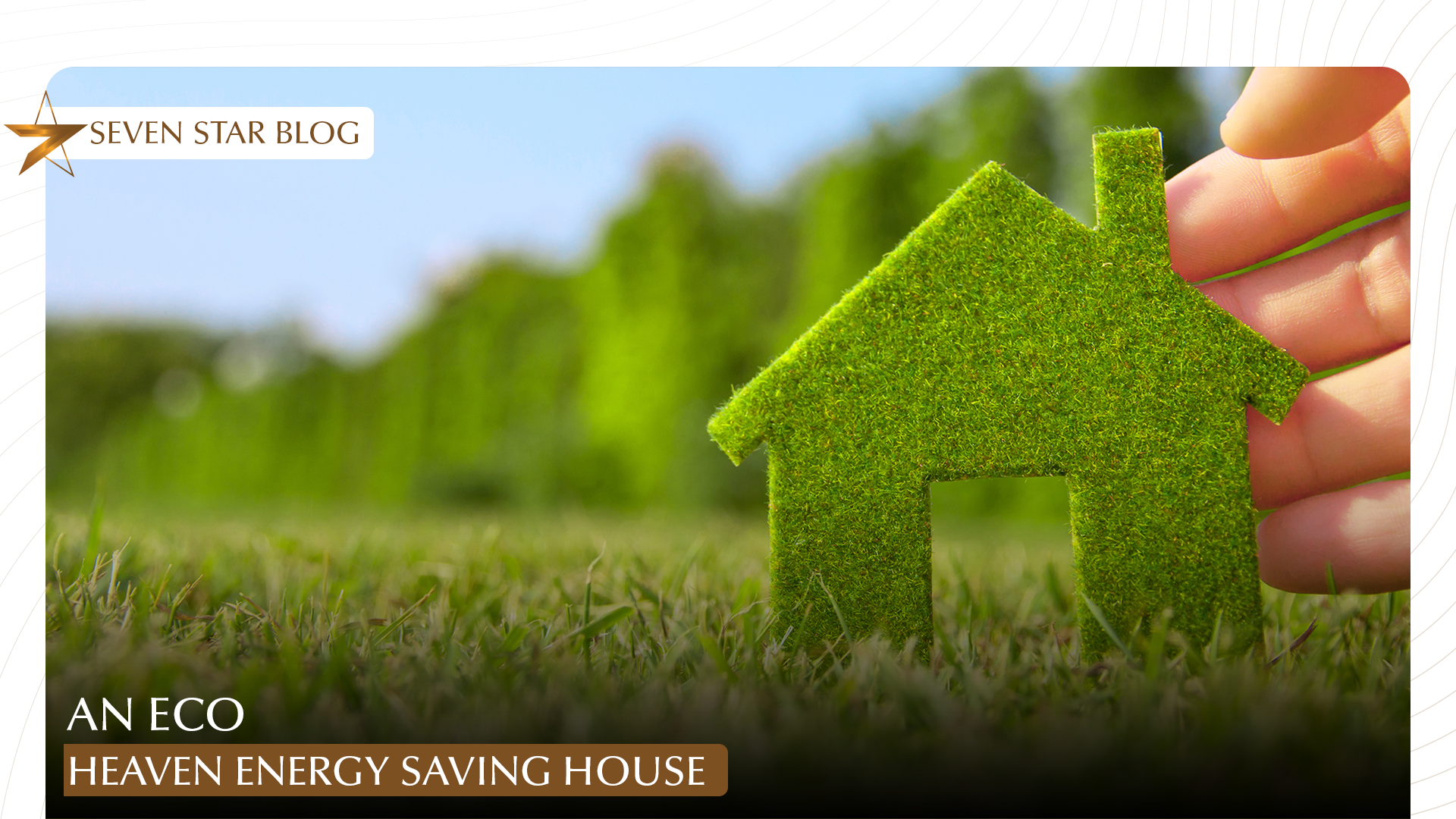
Energy-efficient homes are becoming increasingly popular as people look for ways to reduce their energy costs and minimize their impact on the environment. These energy saving house are built with energy-saving appliances and fixtures that are designed to help homeowners save money on their utility bills while also reducing their carbon footprint.
In this blog, we will explore some of the key components of an energy-saving house. We will discuss the benefits of energy-efficient lighting, the advantages of using solar panels, the importance of sufficient insulation, and the role of efficient appliances in reducing energy consumption.
Energy Efficient Lighting
Energy savings can be achieved with major improvements in lighting design and efficiency. Energy efficiency may be greatly increased by using a lighting design strategy and layout that maximizes daylight so artificial lighting is not needed during the day.
The features of global technologies like LED, lighting switches and controls, safety regulations, and the life cycle costs of various solutions must all be considered when making lighting selections. LED downlights may quadruple in lifespan and consume 85% less energy only by installing them instead of halogen or incandescent lighting.
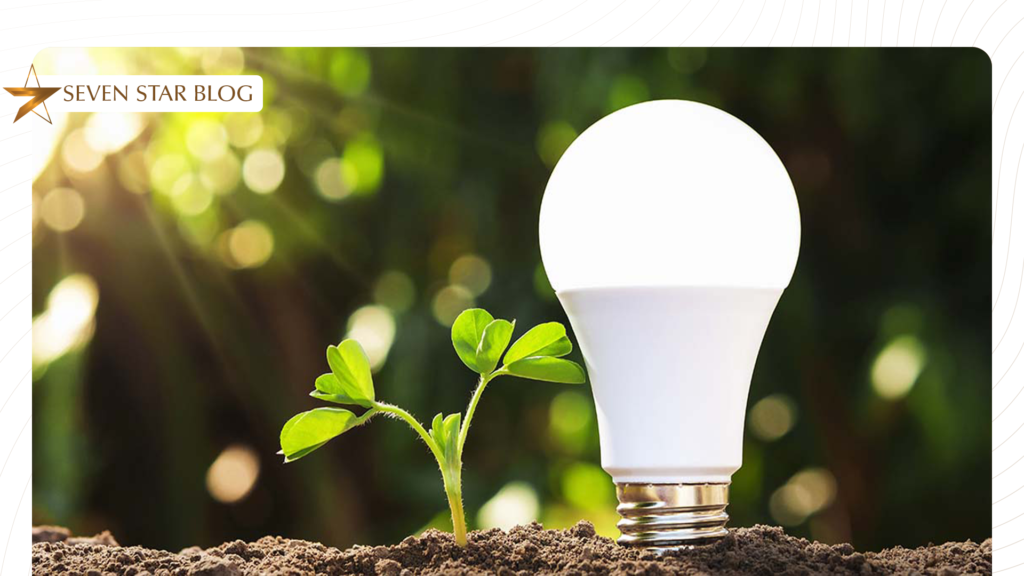
Solar Panels
Installing solar panels on your house is another option to make use of the sun’s energy and save electricity. You’ll need to buy less electricity from the grid if you generate your own, and you could even be able to sell extra energy to the utility companies to further cut expenses.
Utilizing solar energy as effectively as possible may also be achieved by making an energy storage investment. Investing in solar panels can truly transform your house into an eco-friendly home.
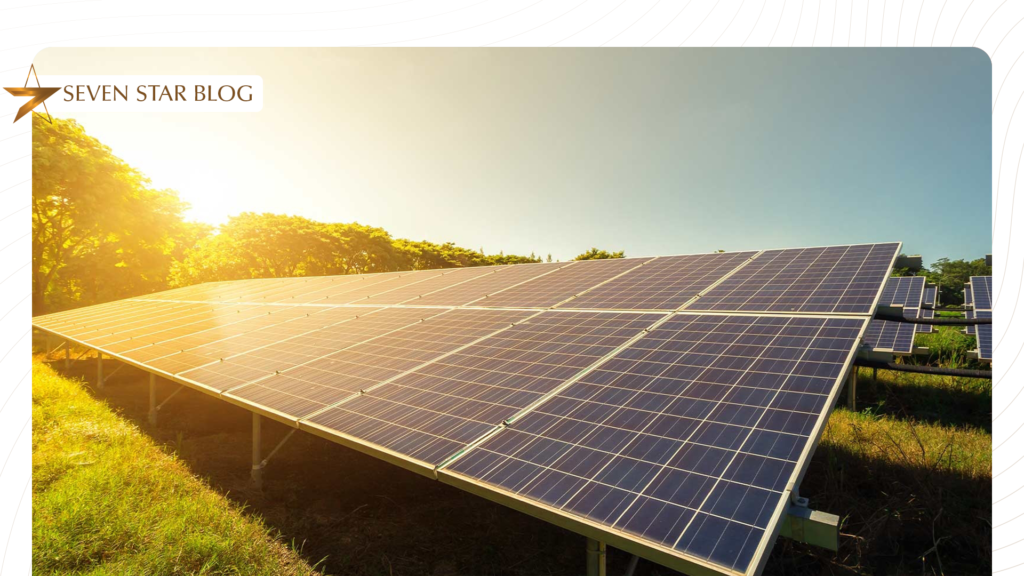
Sufficient Insulation
Adding sufficient home insulation will also help you create an eco-friendly house. The majority of Pakistan’s areas often experience year-round heat and dryness. Therefore, if your home is not insulated, heat from the sun will be absorbed, and the trapped heat may even cause you discomfort after dusk.
You may prevent this issue by insulating your home’s walls, ceiling, and roof to keep the inside temperature comfortable. These days, a variety of house insulating materials are accessible. To get your house ready for the winter, there are several methods for insulating the windows.
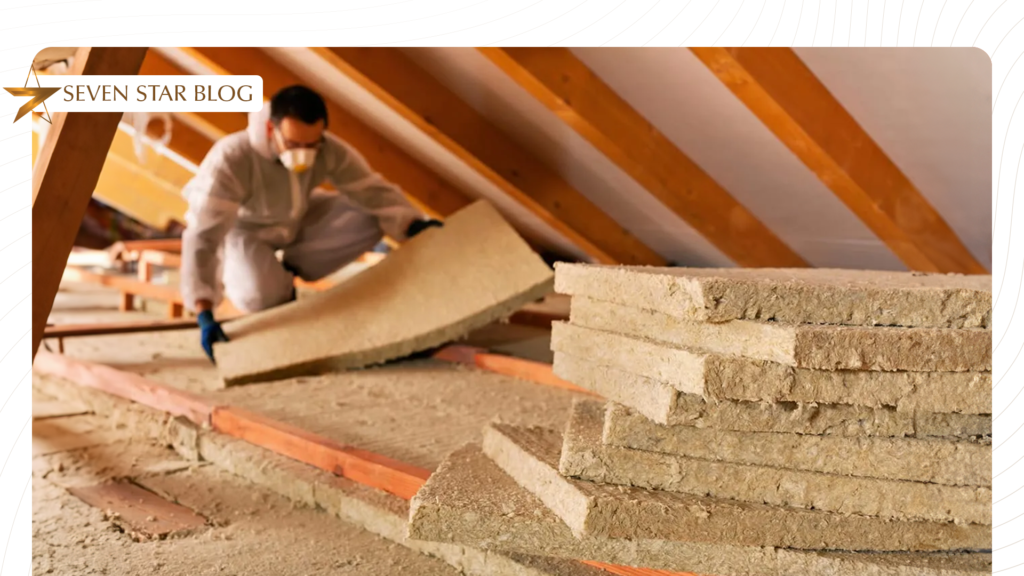
Efficient Appliances
Every day, technology has become more intelligent and energy-efficient. Energy-saving devices and LED light bulbs are now available for use in household illumination. These days, Pakistan is home to a plethora of smart devices that may assist you in creating an energy-efficient house.
In addition, we can select inverter air conditioners over conventional air conditioners to save your summertime power costs. Other than that, there are a plethora of different kinds of smart devices that you may utilize to construct a smart home.
By maximizing the use of existing energy resources, devices like smart switches, blinds, and lights may help you save a significant amount of electricity.
Ventilation System
A proper ventilation system helps maintain the ideal indoor temperature. Your home’s ventilation system may include hoods, ducts arranged thoughtfully, broad windows facing west, and exhaust fans. In addition to improving resident comfort, a well-designed ventilation system in your house helps reduce the excessive use of electrical heating and cooling appliances.
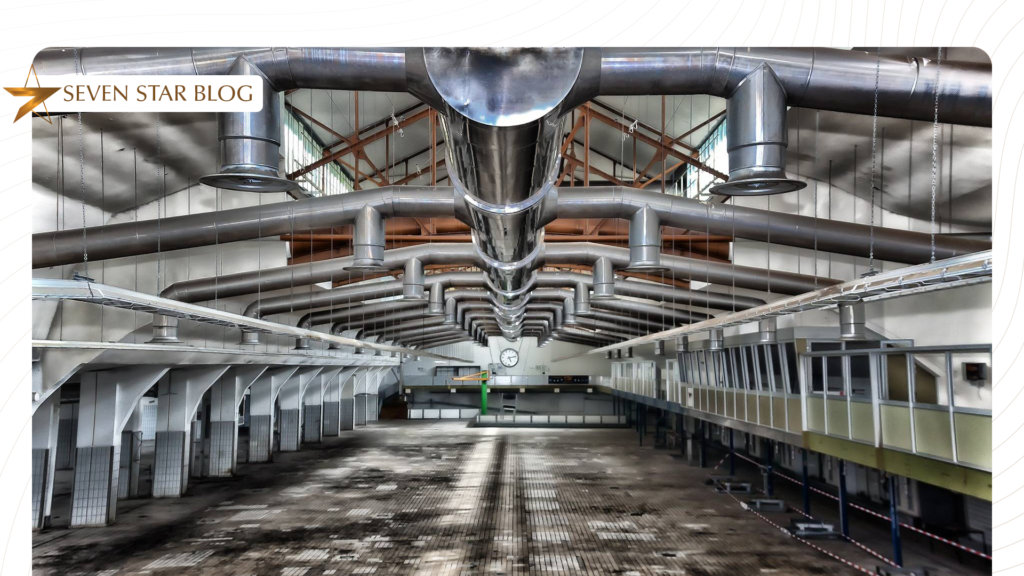
FAQs
-
What’s the best way to save energy at home?
Answer: The best and easiest way to save energy at home is to make sure you turn off the lights when you leave a room and use as few lights as possible. Other ways include switching to energy-efficient appliances, using less water and installing solar panels.
-
What is a smart home for energy saving?
Answer: You may lower your energy use and lower your utility costs by utilizing smart thermostats, lights, power strips, appliances, windows, solar panels, energy management systems, energy storage, HVAC systems, water heaters, and landscaping.
-
Is it expensive to get energy-efficient upgrades at home?
Answer: Although the initial outlay may differ, think of it as an investment with long-term benefits. Certain modifications are rather inexpensive, such as thermostats with programming or weather-stripping. To further reduce expenses, government rebates and incentives could be offered.
-
Which technologies are future-proof and sustainable for energy-efficient homes?
Answer: With their increased energy independence and resilience, solar panels, battery storage, and geothermal heating and cooling systems are becoming more and more popular. Energy management automation using smart home technology is also becoming more popular.
-
Do energy-efficient appliances really make a difference?
Answer: Yes, indeed! Even though it might seem like a little difference, newer, energy-efficient appliances consume a lot less electricity than older versions. You may save a significant amount of money on your energy cost by replacing a few essential equipment. Long-term expenditures are further decreased by the fact that energy-efficient models frequently have longer lifespans.
Conclusion
Energy-efficient houses are a reality we can welcome now, not simply a pipe dream for the future. The advantages go much beyond lower energy costs and include everything from clever design and technology to easy behavioural modifications.
These residences provide affordable, comfortable living quarters while also reducing carbon footprints and improving the health of the environment.
We are investing in a better future for ourselves and future generations when we make the initial move toward an energy-efficient house. Never forget that every watt saved counts. Together, we can create a day when leading a sustainable life is not only feasible but also the norm.
